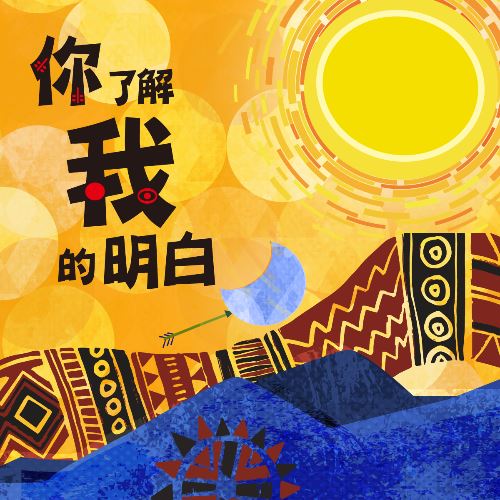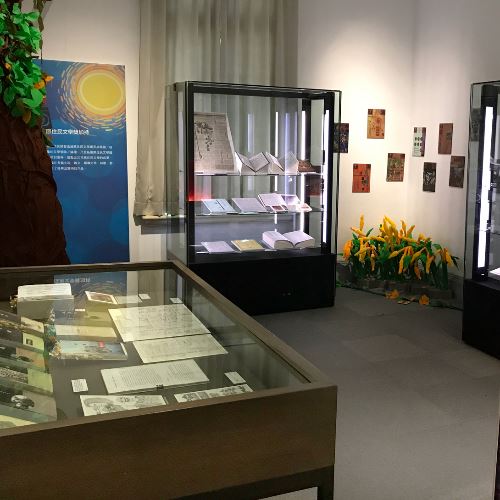Oral Literature VS. Eyes of The Other ✧ Tradition of Folk Songs
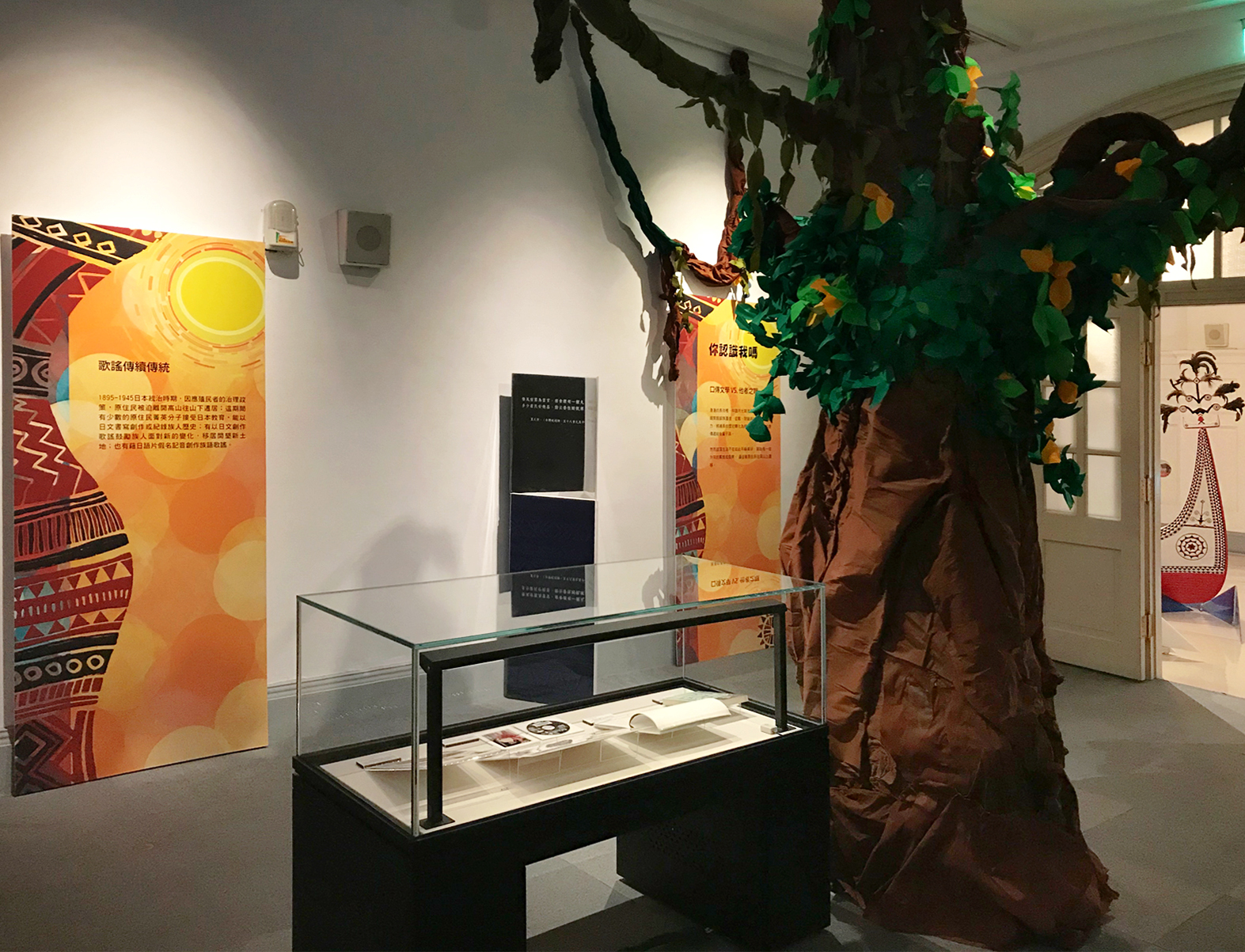
Oral Literature VS. Eyes of The Other
In the long long nights with the moonlight shining and the sea breeze blowing, the elderly talked about tribal migration, expeditions, hunting trips, and mystic natural power. They transformed the long history into fascinating stories and passed it on to their descendants. Yet, the tribal life was no longer serene, foreigners and diseases started to appear, forcing indigenous people to move further into the deep mountains.
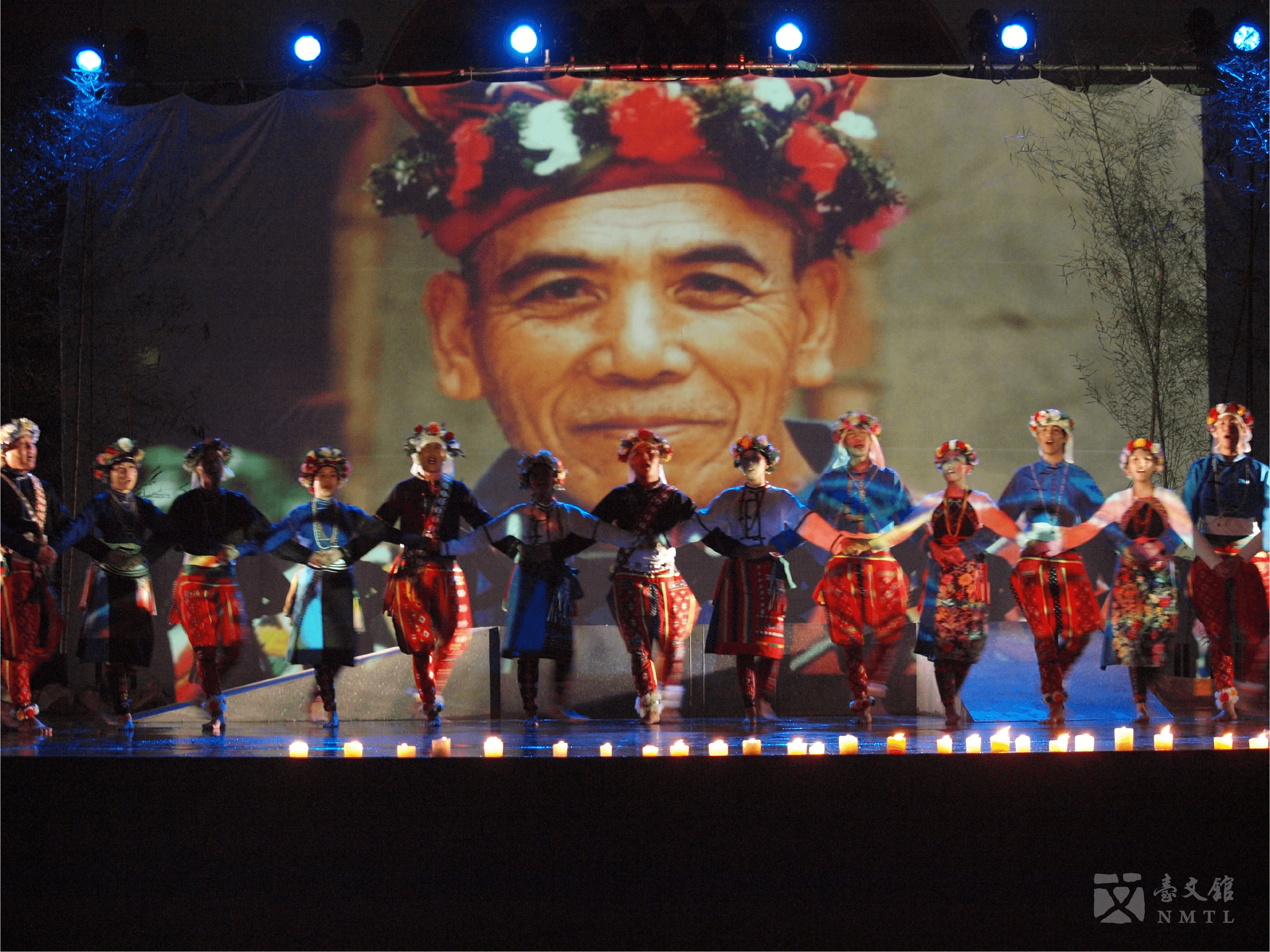
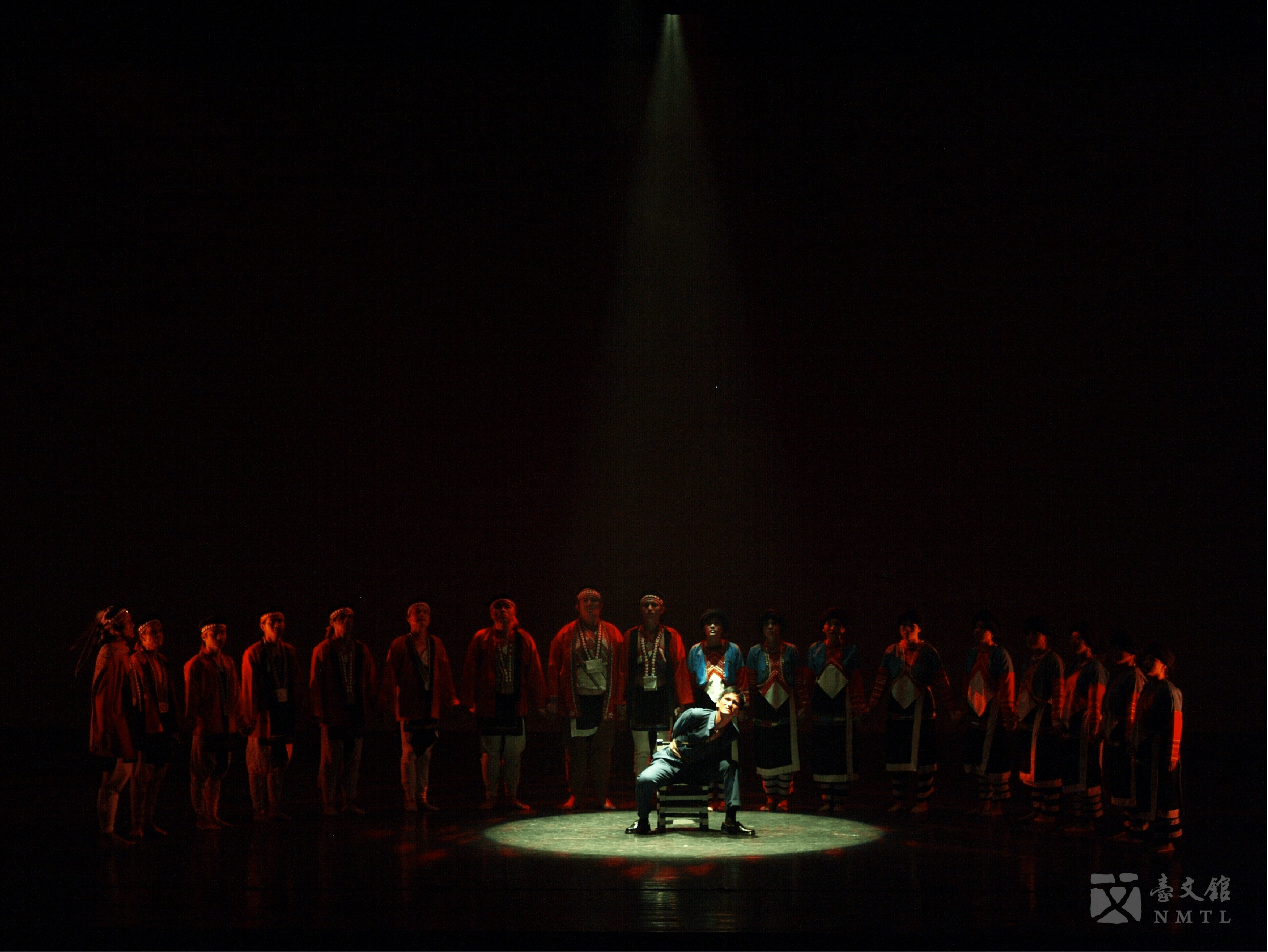
◈ Stage Photo of Formosa Aboriginal Song and Dance Troupe
The stories of BaLiwakes, a Puyuma native, and Uyongʉ Yata'uyungana, a Tsou native, were depicted in albums IN MEMORY OF THE ANNUAL CEREMONY and MEMORIES OF DUJUAN SHAN.(Authorised and Provided by Formosa Aboriginal Song and Dance Troupe)
◇◆◇◆◇◆◇◆◇◆◇
Tradition of Folk Songs
Under the Japanese rule between 1895 and 1945, indigenous people were forced to leave the mountains and move to the plain areas in response to the colonial policy. During this time, a few indigenous elites received Japanese education, allowing them to write in Japanese and keep records of their history. Some composed songs in Japanese to encourage others to face new changes and head-on or relocate to form new settlements. There were also folk songs written in Hiragana.
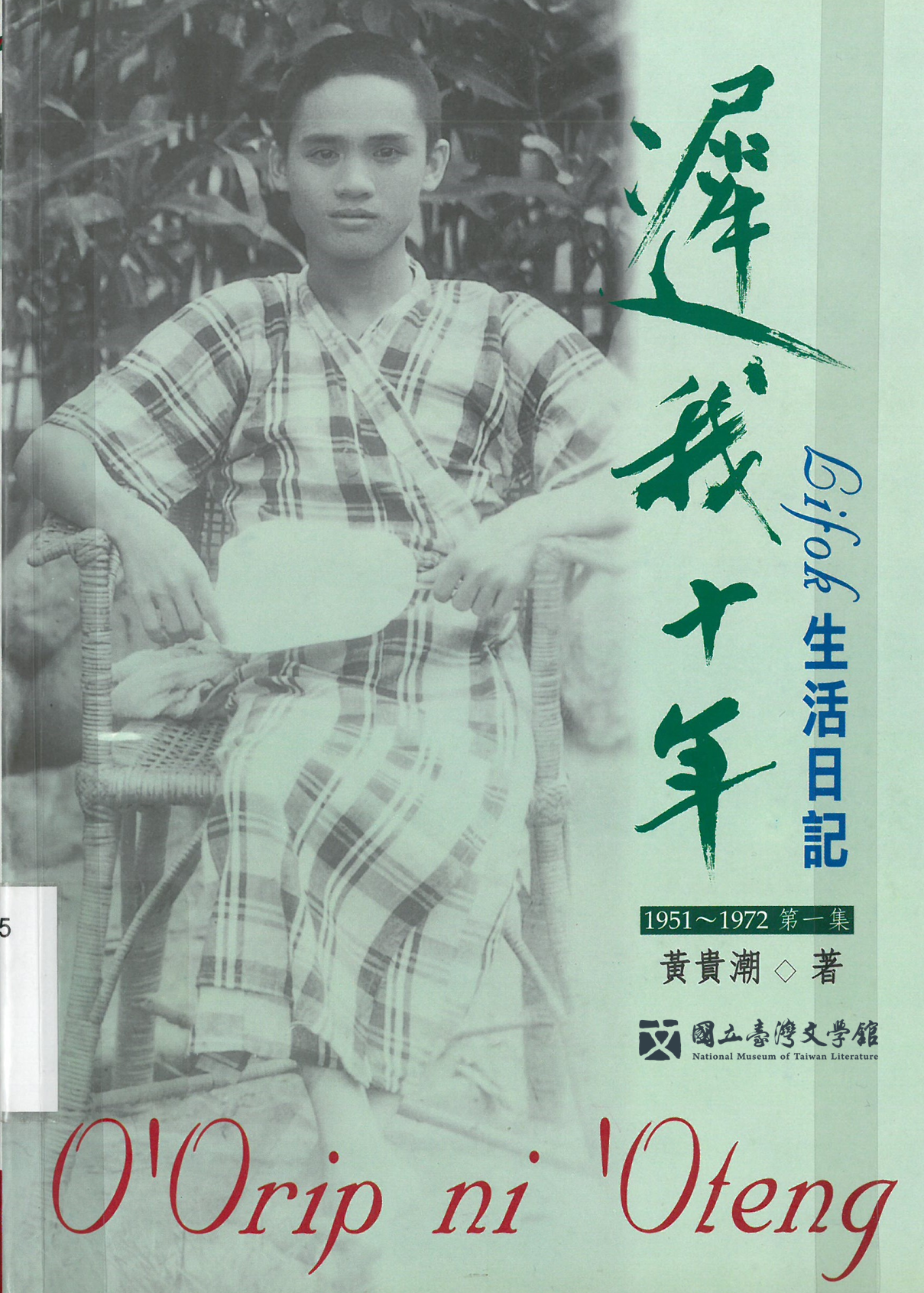
◈ TEN YEARS OF BEDRIDDEN LIFE
Lifok 'Oteng was an Amis native (1932-2019). He became sick when he was a child, which impacted his mobility. In 1951, after he started writing a journal, he continuously wrote down what he saw in everyday life. He took part in preaching, writing songs, and carrying out cultural research, which all made his multilingual journal (Japanese, Zhuyin, Chinese, and Romanized Amis) a precious historic record.(From the collection of the library at the National Museum of Taiwan Literature)
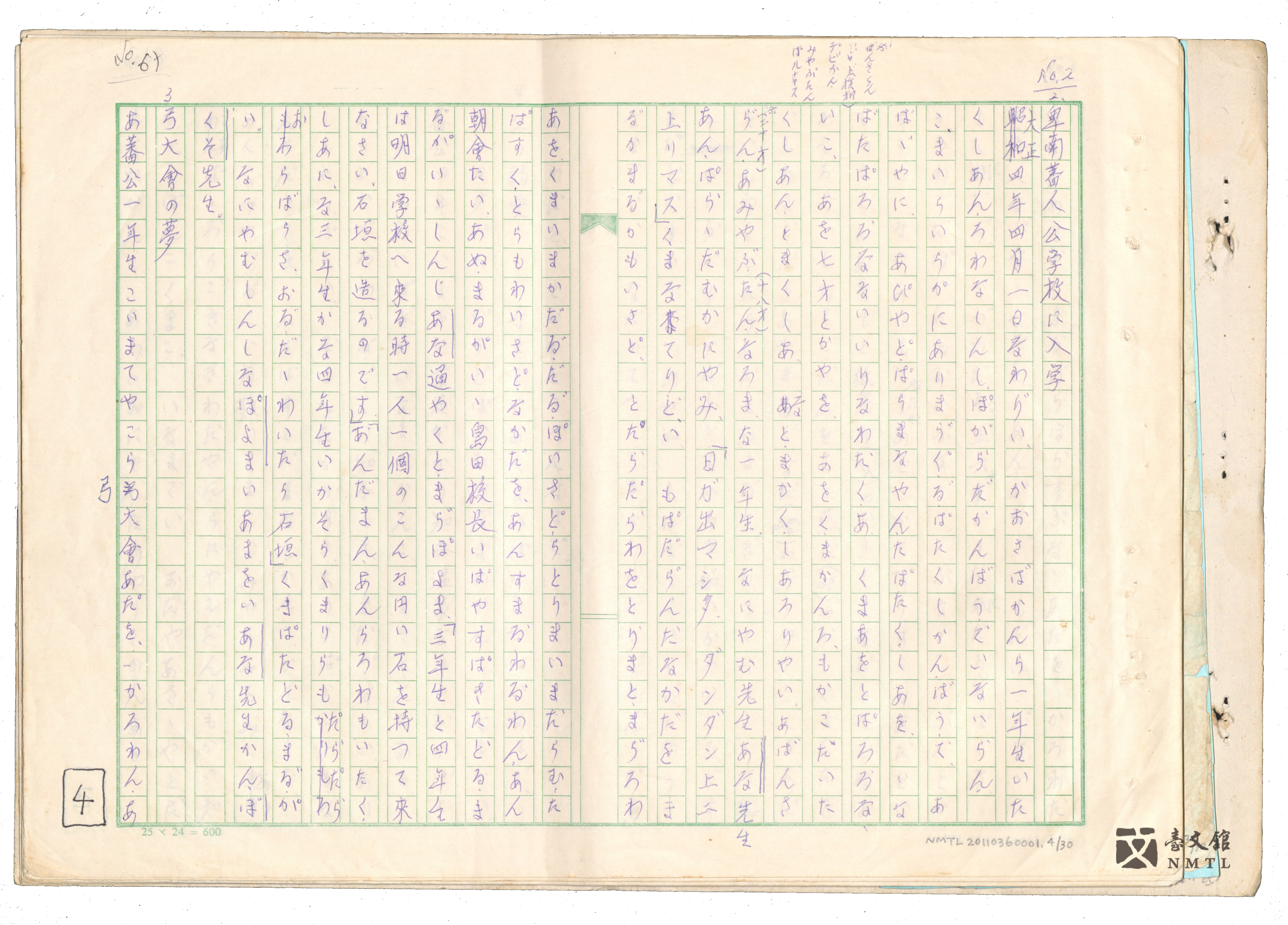
◈ AUTOBIOGRPAHY OF BALIWAKES
This is a precious manuscript of BaLiwakes and it was found at the bottom of his closet. He used Hiragana to spell the Puyuma language. The writing illustrates his childhood.(Donated by BaLiwakes / Kept in National Museum of Taiwan Literature)
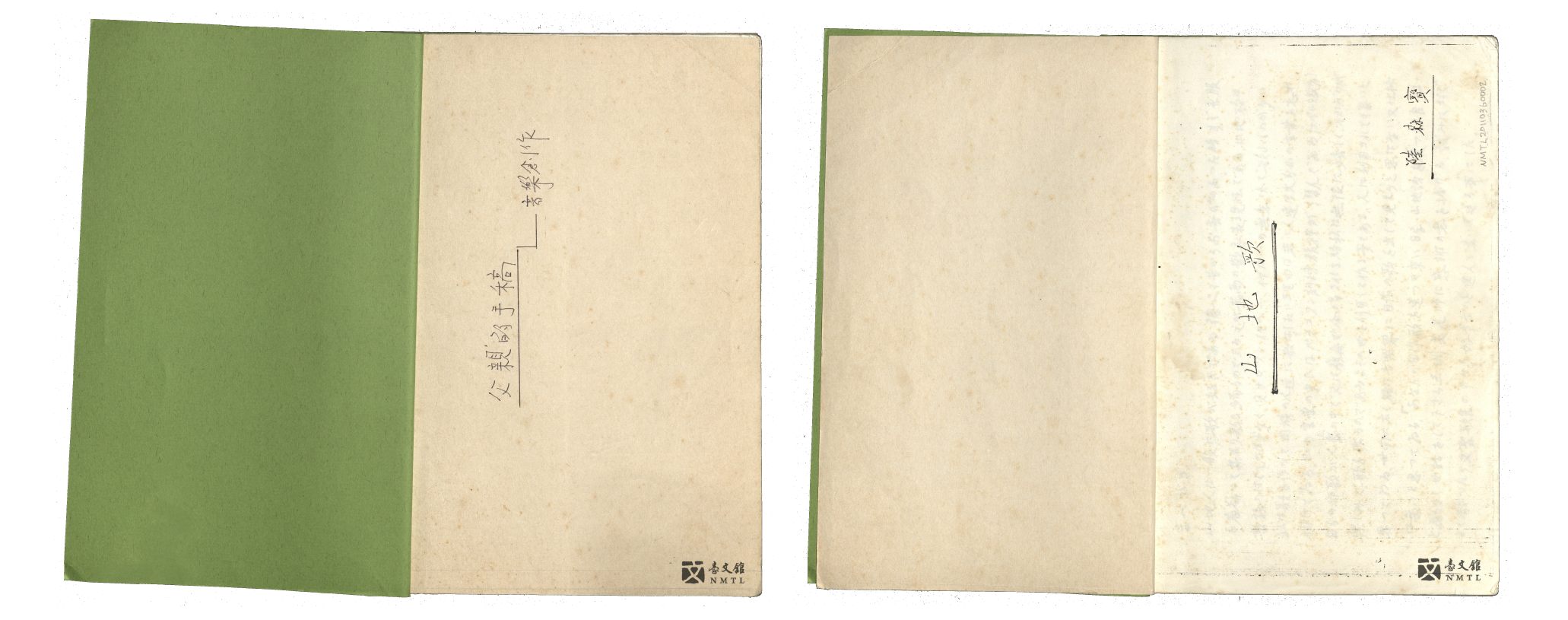
◈ BaLiwakes, Indigenous Songs (Photocopy)
BaLiwakes graduated from Tainan Teachers School during Japanese Colonial Era. He spent all his life creating and teaching songs, which were spread across tribes. The songs encouraged indigenous peoples while helping them go through the tough changes in indigenous communities.(Donated by BaLiwakes / Kept in National Museum of Taiwan Literature)
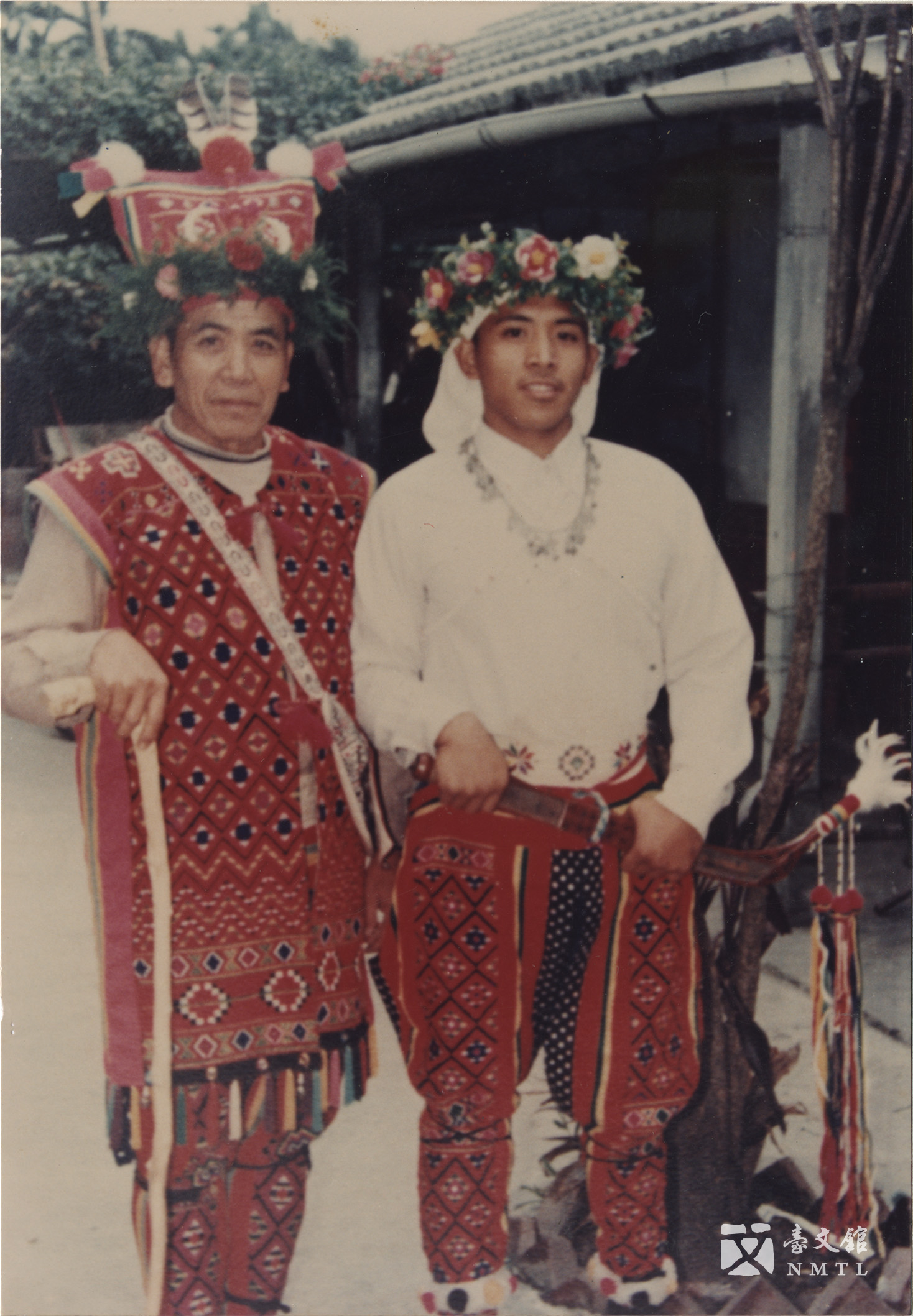
◈ Photo of BaLiwakes and His Son
BaLiwakes and his youngest son Lu Hsien-wen. His successors have also worked in the music scene. Famous singer Pau-dull (Chen Jiannian) is his grandson.(Donated by BaLiwakes / Kept in National Museum of Taiwan Literature)
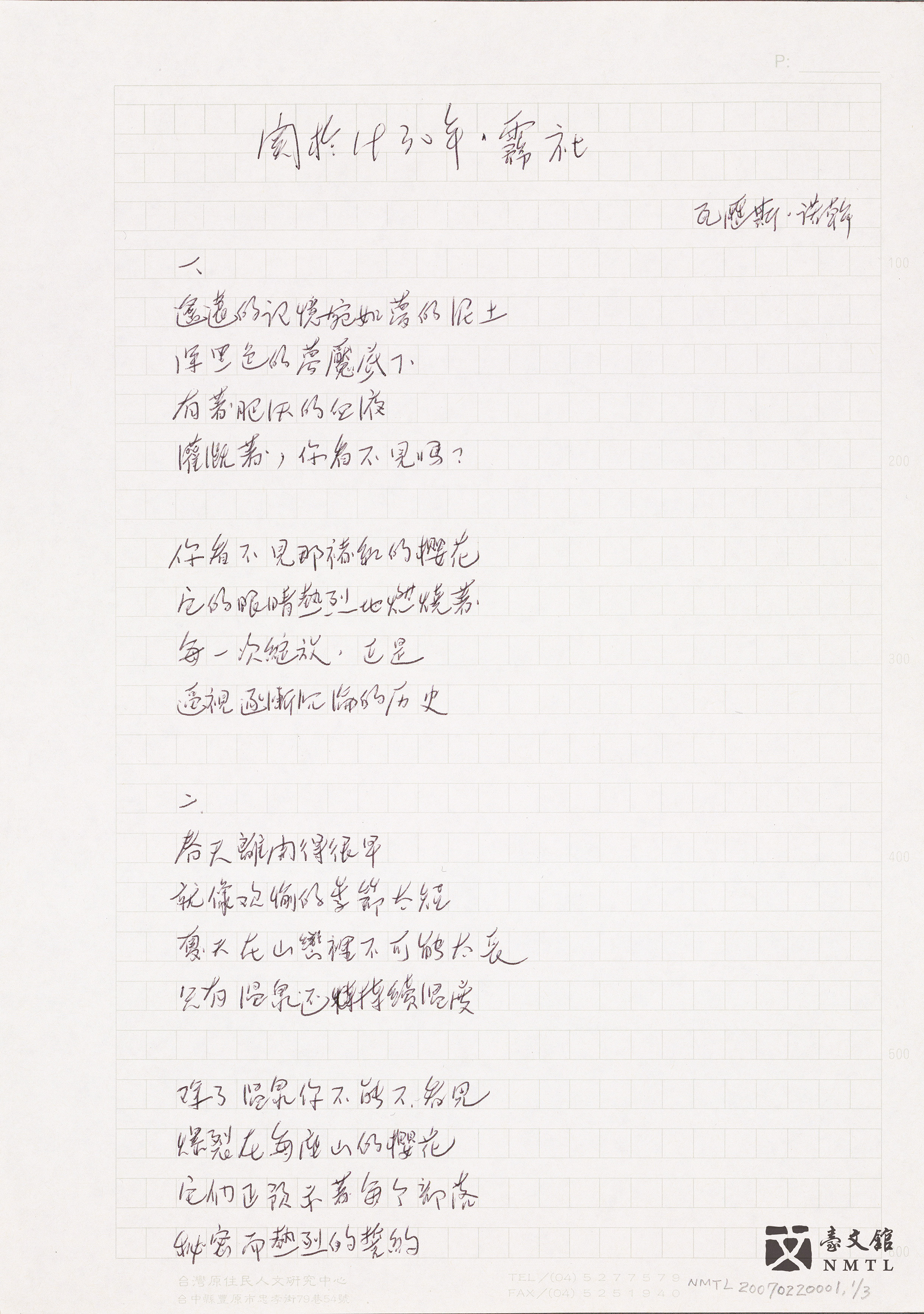
◈ "About 1930 Musha Incident"
Manuscript of Walis Nokan. It is a modern poem that depicts the 1930 Musha Incident in Chinese. The poem consists of five stanzas with cherry blossoms being the keyword.(Provided by Wu Chun-chieh / Kept in National Museum of Taiwan Literature)

